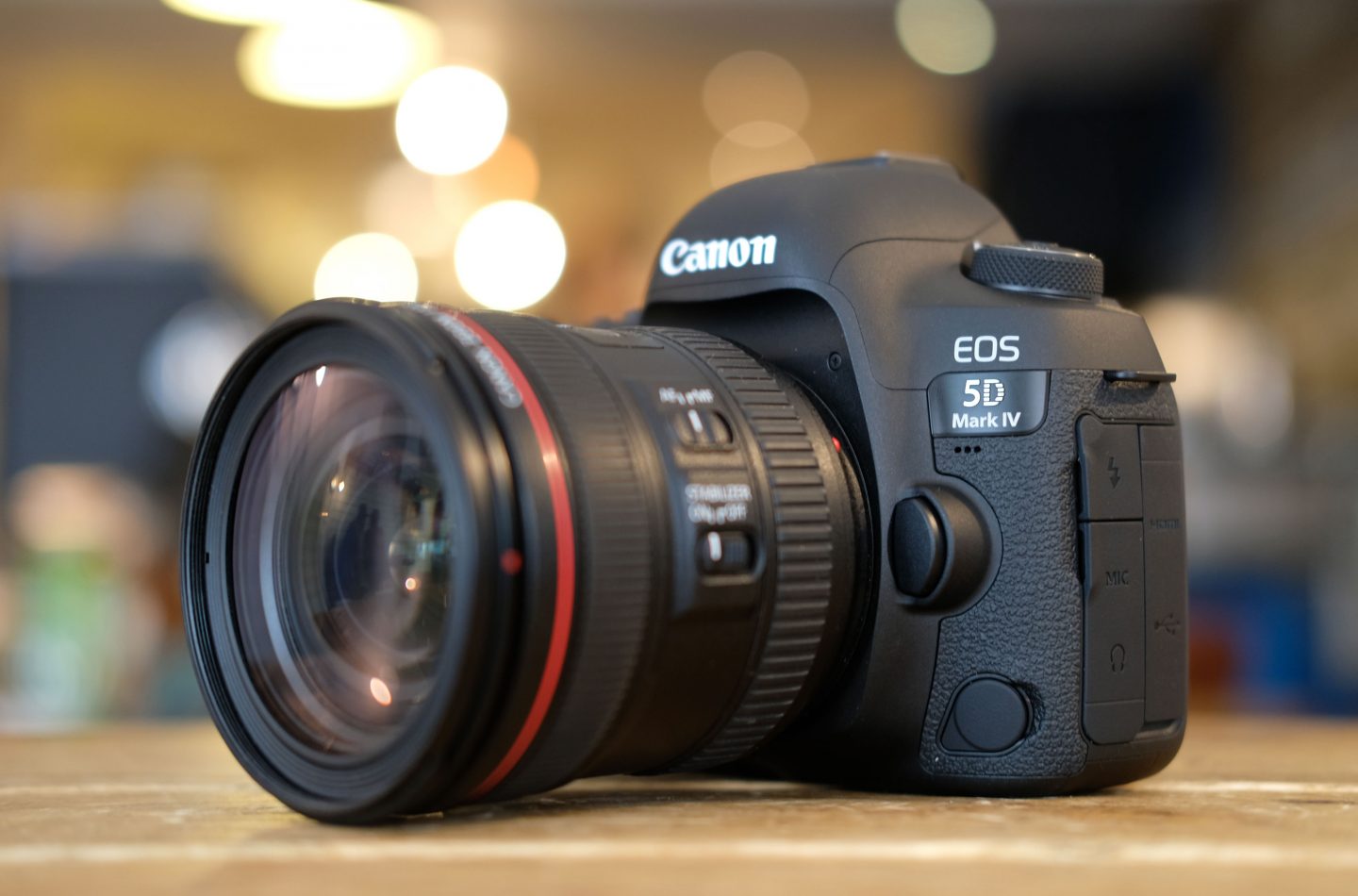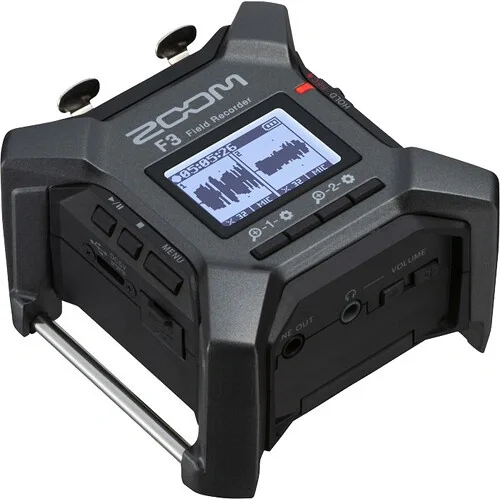Serious Gear Addiction?
An awful lot of equipment goes into what we do. And whilst we are advocates for not letting good gear (or the lack of it) stand in the way of a good production, there is a level of professionalism and quality that comes with high end equipment that simply cannot be denied.
Here are some of our favourite bits of gear. Got any questions or want to know more about a particular of kit we use? Send us a message here or get in touch through our social media accounts (links below). We love to talk gear!
Camera Bodies
Sony FX3
This.changes.everything.
We have resisted the urge to upgrade our bodies through a number of releases from both Sony and Canon but when the FX3 was released we couldn’t say no any longer.
With the autofocus performance of the A7 III and the low light capabilities of the A7S II as well as the new ability to shoot 120FPS in UltraHD 4k, this is it for us now.
Looking forward to adding this into our workflow from late 2021.
Canon 5D Mark IV
The autofocus king!
We haven't fully made the switch to Sony and Canon's dual-pixel autofocus is one of the big reasons. This is also why we use the Mark IV over the Mark III. Shoots 4k at 30FPS and HD at 60FPS. A simply beautiful image which still blows me away and pretty good in low light as well thanks to its full frame sensor.
Drones
DJI Mavic 2 Pro
Take your video vertical!
Where possible, the Mavic 2 Pro is our drone of choice. It's 4k sensor and 3-axis gimbal makes for some simply stunning cinematic video where a normal camera just can't go. The new one inch image sensor on the Mavic 2 Pro was a huge upgrade over the original Mavic which means our footage looks simply out of this world. This drone is so easy to fly and is so compact and quiet.
Lenses
Tamron 28-75mm F/2.8
Sony E-mount lens
This is the lens we use on the Sony A7 III body. It has a super close focal range meaning it almost behaves like a macro. When you combine that with it's superb f2.8 aperture and flexible focal range, this is quickly becoming one of our favourite lenses.
Add to that the ability on the Sony A7S to shoot in full frame, APS-C as well as its clear image zoom, this lens is effectively a 28-150mm at f2.8!
Sony G Master 70-200mm f/2.8
With the majority of our cameras now being Sony, we had to take the plunge and get as much Sony glass as we could to take full advantage of all the autofocus features that come with Sony native lenses.
This is an absolute beast of a lens. Loving the options this now provides.
Sony FE 85mm F/1.8
Here comes the bokeh!
One of our newest additions, the 85mm is great for those portrait and the super shallow f/1.8 makes for some great blown out backgrounds.
This will be making more and more appearance from out of the gear bag.
Tamron 70-200mm F/2.8 G2
Canon EF Mount Lens
We use this lens on either the 5D or the 80d (fantastic on the 80d which works out at 320mm at f2.8!)
With image stabilization (which Tamron call VC) and a constant f2.8 aperture, this is superbly sharp, great it low light and visually stunning.
Yes, truth be told we only considered it because it is a good $1000 cheaper than the Canon equivalent but having worked with the big grey lens on numerous occasions, this Tamron is no pretender and every bit as good as the Canon.
Tamron 35-150mm f/2.0-2.8
Tamron is absolutely crushing it with their lens options for Sony E mount. This is one of their newest additions and I must admit we had this on preorder the minute it was announced.
It’s certainly not a small lens but what with all the options this adds to your range, the weight is a small price to pay.
Canon 70-200mm F/2.8L IS II
While we still love and use the Tamron version, the Canon glass is just so good. It’s so sharp that it makes us excited to watch back. We also use this lens on either the 5D or the 80d.
Tripods and Stabilizers
Manfrotto Video Heads
We use Manfrotto video heads on all our tripods and monopods. The bigger MVH502AH (pictured) heads are on our tripods while the monopods use a combination of the smaller MVH500AH and 700HD series heads.
They're all fluid heads meaning pans and tilts are super smooth. We highly recommend these heads for your tripods.
DJI Ronin RS2
We’ve recently switched from the Ronin S to the RS2 essentially because it is smaller and lighter. These days our gimbal is loaded with things like the Ninja V recorder and has also been rigged up with a wireless transmitter when we do multicam livestreams. All these add ons made our gimbal one beefy boy. The carbon fibre in the RS2 makes this one almost half the weight of the original Ronin S and my arms are thanking me for making the switch.
We keep a camera on or nearby this thing most of the day for any moving shots.
This thing is awesome and lasts all day on a single set of batteries.
Sliders and Motion Control
Microphones and Recorders
Atomos Ninja V
The Atomos Ninja is not only a really great external monitor used on our gimbal, it is also a recorder allowing us to record up to 10 bit 4k @ 60FPS. This is really important when we record in 4k as Sony disables some of the camera features when in 4k.
Tascam DR-10L Audio Recorders
These are our go-to audio recording devices for weddings in particular. They are wired which means there is no chance of them interfering with any wireless gear on site but does mean you can’t monitor the audio. We’ve never found that to be a drawback as once a wedding ceremony is underway for example, you can’t simply interrupt it to fix your mic!
These run of a single AAA battery and will last hours. They record to high quality 48k 24 bit wav files and also dual record two separate tracks; a standard volume and a lower volume to save you from any unexpected peaks.
They come with their own Tascam lav mic but we replace this with a Sennheiser equivalent for even better audio.
Absolutely love these. We have two of them and run them both at every wedding or event we do!
Zoom F3
This is our current field recorder. It’s a compact, two-channel field recorder known for its groundbreaking 32-bit float recording technology that virtually eliminates audio clipping and the need for gain adjustment during recording. We use this wherever we can plug into a sound board or out of a mic receiver.
Rode Wireless Go
Generally speaking, we don’t use wireless gear for weddings. There’s just too much that can go wrong and no way to fix it when it does.
However there are times where we simply need to get the audio back to use in real time; live streaming is just one great example.
The Rode unit is an inexpensive option which uses the 2.4GHz digital range meaning less chance for interference unlike the UHF frequencies which are often crowded. We run one or two of these alongside our Tascam recorders as a backup option also.
Sennheiser G4 Wireless
The audio of your wedding day is so incredibly important to us and for this reason we try to use our own mics where we can. Adding this wireless kit means we can give you a wireless mic that won’t cut out. All you need is a speaker.
We pair this with a line splitter and our recorder meaning we get consistent audio recordings and you get great live audio too.
We can run any wired handhel mic into this thing like a Shure SM58 or a Rode M1 dynamic vocal mic or our personal favourite, the Shure SM63 reporter mic.
Rode Videomic Pro Plus
We keep one of these on top of our camera, mostly it captures really clean scratch audio. But it’s great for vlogging and can be used when all else fails. A really clean mic if you can get close to it as in a vlogging situation.
Lighting
Aputure LS 120d LED Light
We use Aputure lights for everything that needs lights. The 120d has been in our kit bag since day one and while there are newer versions available now with more power, we’ve not found it necessary to upgrade. We rarely run this thing at 100% power.
We mount Aputure’s new Fresnel adaptor on the front as well as some CTB gel meaning we can use match the lighting colour in the room no matter what.
This light comes out for reception time to light the speech givers. Receptions are often very dimly lit so some external lighting is essential. We are also experienced enough to know when we’ve changed the mood in the room too much so rest assured this light illuminates just enough that we can see the subject and nothing more.
Aputure AL-F7
This little beast is a monster of a light in a tiny panel. Takes USB-C power too so we often use this as a hair lights for reception speeches. So good we have several of them.
These also work off a Sony NPF battery so we use these for shooting details or just whenever we need a quick and simple light source.
Live Streaming
Blackmagic ATEM Mini Pro
The ATEM Mini Pro is at the heart of our live streaming rig. It can take in 4 HDMI inputs (whether they be cameras or laptops) as well as 2 separate audio tracks (or 6 in total if you count the 4 from the HDMI inputs).
What sets the Pro apart is its multiview output screen showing you all 4 video inputs, audio inputs, and your program out on one single screen.
This model also has the built in encoder so it can stream direct to your required destination without having to use software on a laptop like OBS Studio for example.
Teradek Vidiu X
Live streaming adds a whole new dimension to filming. Most importantly though, it’s live! That means there’s no room for dropouts signal loss. And while most venues will claim to have WIFI connections available, they are often not very good and almost always out of usable range.
To get around this, we rely entirely on mobile data connections (4g, 5g). The Vidiu X allows us to do something called Cellular Network Bonding where we can link connections from all 3 major providers in NZ; Spark, Vodafone and 2Degrees, into a single super strong, redundant connection to the internet.
























